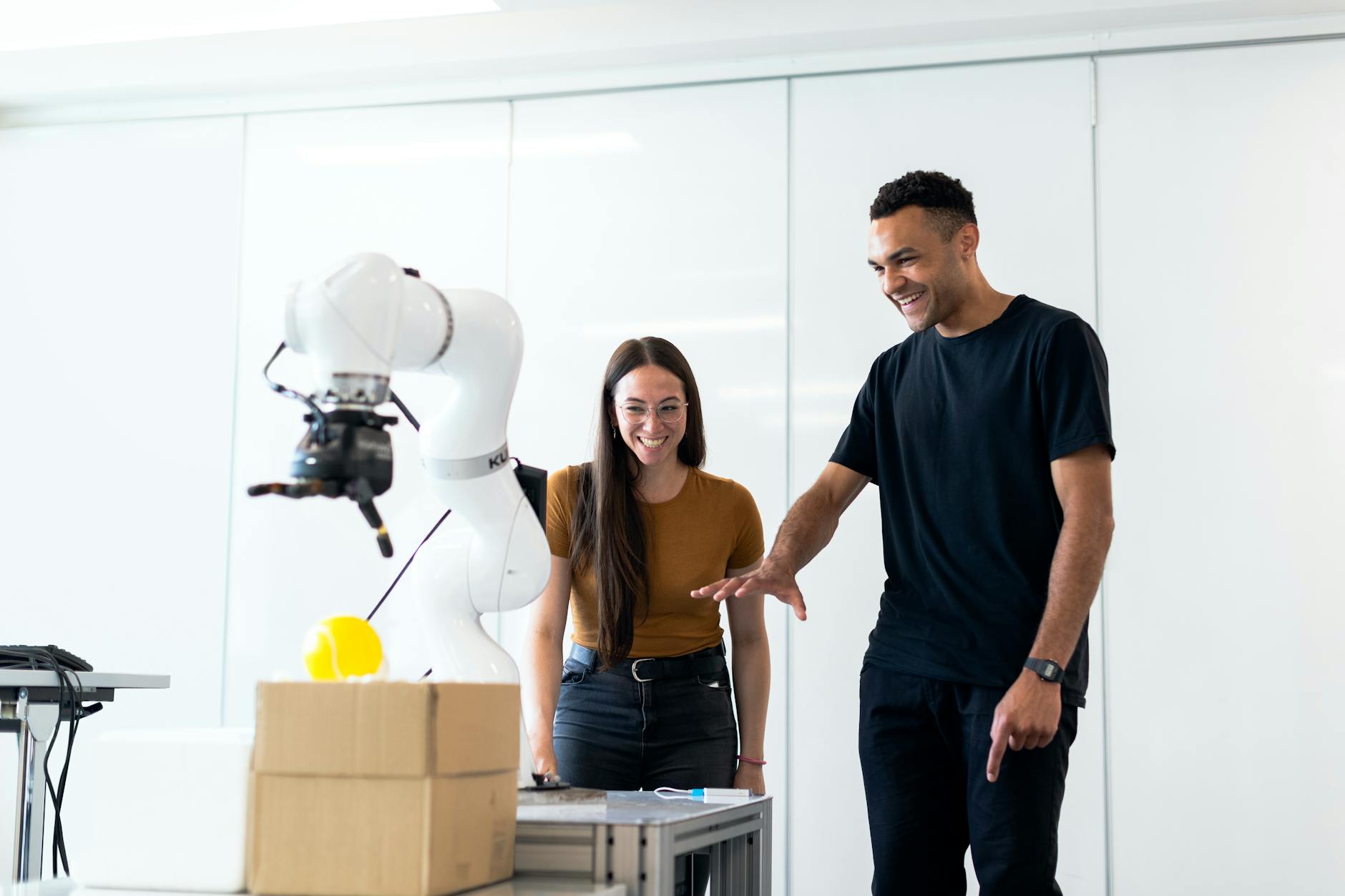The AI Safety Duet: A Harmonic Convergence or a Carefully Scripted Performance?

Introduction: In a rapidly evolving AI landscape, the announcement of a joint safety evaluation between industry titans OpenAI and Anthropic sounds like a breath of fresh, collaborative air. Yet, beneath the headlines, a veteran observer can’t help but question if this “first-of-its-kind” endeavor is a genuine step towards mitigating existential risk, or merely a sophisticated PR overture to preempt mounting regulatory pressure and public skepticism.
Key Points
- The act of collaboration itself, despite the vague findings, sets a precedent for cross-company engagement in AI safety, acknowledging the systemic risks inherent in advanced models.
- This joint effort implicitly highlights the industry’s tacit admission that current AI models harbor significant, shared vulnerabilities that could lead to misalignment, erratic behavior, and malicious exploitation.
- The inherent conflict of interest in self-regulation, combined with the lack of specific, auditable findings, leaves crucial questions about the depth and true efficacy of this “evaluation.”
In-Depth Analysis
The news that OpenAI and Anthropic, two of AI’s leading—and often competing—protagonists, have engaged in a joint safety evaluation is undeniably novel. Historically, tech giants guard their intellectual property with the ferocity of dragons. For them to share, even limited, internal findings on vulnerabilities like jailbreaking or hallucination, speaks to a palpable shift in the industry’s self-perception and external pressures. The “why” is clear: as AI models grow more capable and ubiquitous, so do public anxieties, ethical debates, and the specter of government regulation. By proactively demonstrating a commitment to safety, these companies aim to shape the narrative and potentially stave off more stringent, external oversight.
The “how” remains less transparent. While they tested each other’s models for common failure modes—misalignment, instruction following, hallucinations, and jailbreaking—the specific methodologies, the severity of the identified “challenges,” and the actual, granular findings are conspicuously absent from the public announcement. This vagueness is precisely where skepticism curdles into critical analysis. Is this truly an academic exchange of vulnerabilities, or a carefully curated exercise designed to present a unified front of responsibility? The real-world impact of such a collaboration hinges entirely on its transparency and rigor. If it leads to concrete, shared best practices and open-sourced safety protocols, it could genuinely elevate the industry’s collective security posture. However, if it remains confined to high-level statements and vague “progress,” it risks being perceived as little more than a sophisticated form of “safety washing,” designed to burnish corporate images without fundamentally altering their risk profiles or development trajectories. It’s a strategic move, no doubt, but whether it’s a substantive one for the benefit of humanity or primarily for shareholder optics remains to be seen. It’s a bit like two rival car manufacturers announcing they’ve jointly tested each other’s vehicles for “safety” but declining to release crash test specifics or recall data.
Contrasting Viewpoint
A jaded observer might argue that this “first-of-its-kind” joint evaluation is less about groundbreaking safety science and more about strategic public relations. Both OpenAI and Anthropic operate at the cutting edge of AI, commanding immense resources and facing intense scrutiny. The announcement of this collaboration serves multiple purposes beyond genuine safety improvements: it signals to regulators that the industry is taking self-governance seriously, potentially preempting more stringent, externally imposed rules. It burnishes their brands as responsible developers, appealing to ethically-minded investors and users. Crucially, by keeping the specifics of the “findings” vague, they can claim progress and collaboration without exposing proprietary vulnerabilities or admitting to the true depth of the challenges they face. Where are the independent auditors? Where are the academic researchers, public interest groups, or even smaller AI labs in this evaluation? Without truly external validation and comprehensive data, this initiative risks being perceived as an elaborate pantomime, a mutual back-patting exercise that ultimately prioritizes reputation management over transparent accountability.
Future Outlook
In the next 1-2 years, this joint evaluation could either prove to be a foundational step towards a more genuinely collaborative and transparent AI safety ecosystem, or it could fizzle into an isolated PR event. The optimistic scenario sees this model expanding, drawing in more AI developers—both corporate and open-source—to collectively establish robust, universally accepted safety benchmarks and reporting standards. This could foster a more secure development environment, potentially leading to shared databases of vulnerabilities and mitigation strategies, akin to cybersecurity intelligence sharing.
However, the biggest hurdles are formidable. Foremost is the challenge of genuine transparency: will these companies move beyond high-level summaries to share granular data, methodologies, and specific model failures? Secondly, the scope of “safety” needs to expand beyond technical exploits to encompass broader societal impacts, ethical dilemmas, and potential misuse by state actors. Perhaps most critically, the industry must eventually embrace independent, third-party oversight, transcending the inherent conflicts of interest that arise when developers are also their own primary safety auditors. Without external accountability, even the most well-intentioned collaborations will struggle to gain widespread public trust and address the full spectrum of AI risks.
For more context, see our deep dive on [[The Perils of AI Self-Regulation]].
Further Reading
Original Source: OpenAI and Anthropic share findings from a joint safety evaluation (OpenAI Blog)